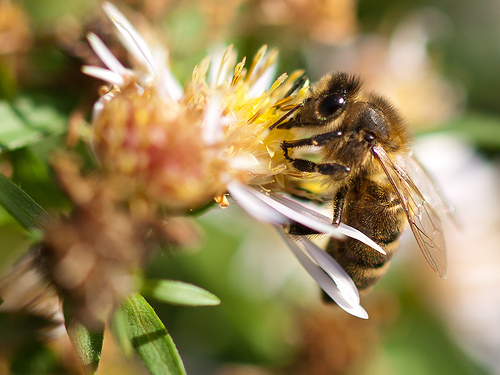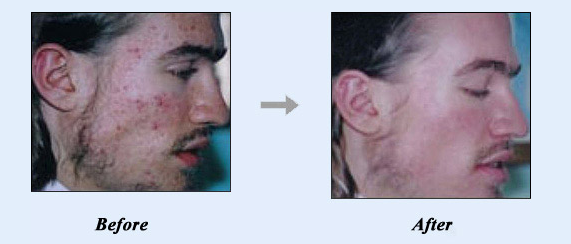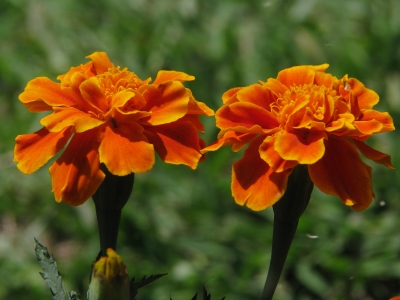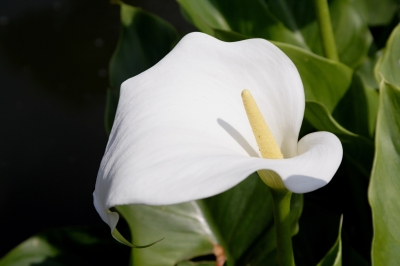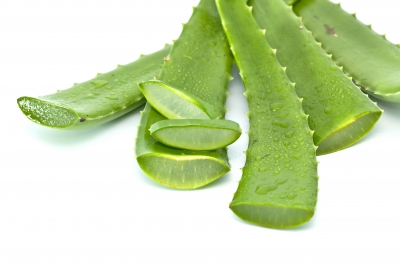The extreme heat wave is bearing down all over the country and it can be downright dangerous if you aren’t careful. With a crushing heat wave gripping the country, here are a few tips to help you keep cool naturally.
Heat Wave #1 – Hydration is Key
Hydrating at frequent intervals is critical, rather than waiting until you’re at your maximum thirst.
“The minute you think you need a drink, stop and take the drink right then,” Byrne said. “If you don’t you’ll end up getting heat exhaustion.”
This distinction makes all the difference. Byrne described the sensation from drinking extremely cold water like getting a brain freeze from a Slurpee, except amplified.
Heat Wave Tip #2 – Start Early
If you’re working outside, make every effort to start before the sun comes up or at least before it’s reached its peak.
His company routinely starts work at about 5 a.m., and the crews try to finish up by 1 p.m., says Byrne.
Heat Wave Tip #3 – Stay Wet
If he notices that somebody has stopped sweating, Byrne recognizes it as the first sign of heat exhaustion. He’s experienced it more than once.
“No matter what that individual is doing, he needs to go sit in the shade, sip some water – just sip it, don’t chug it – and just get yourself off the roof and in the shade,” he said.
When working with metal roofing, Byrne said, he brings a hose up and douses himself with water to stay cool.
Heat Wave #4 – Dress Strategically
Although the roofers are required to wear long sleeves, Byrne said he wears light colors to reflect the sun.
Even the color of your footwear is significant – Byrne said white shoes versus dark shoes could mean the difference between having cool feet and feeling like you have blisters. – Source

Don’t forget, you’ll also want to make sure you you are eating the right foods and breathing correctly to help keep the heat at bay.
Heat Wave #5 – Breathing Easy
Another consideration during a loss of power or excessive heat is for patients with chronic breathing problems. Seaburg explains that extreme heat may increase a person’s metabolism, so patients who require supplemental oxygen may use more oxygen than usual.
People who require CPAP or BiPAP devices for sleep apnea or other sleep issues will need an alternative source of power to use their devices. There are options available for most machines, including CPAP battery packs, DC power options, marine battery adapters, and travel-specific CPAP machines, to provide power in the event of an electrical outage.
Heat Wave #6 – Chowing Down
Keeping food at a healthy temperature may be a challenge during warm weather or during a power loss. The U.S. Department of Agriculture offers tips for safety during a national disaster.
Refrigerators keep dairy products, meat, fish, poultry and eggs at a healthy temperature if they are 40 degrees Fahrenheit or below. If your power goes out, your refrigerator will stay at the proper temperature for about four hours if it’s unopened. Placing ice bags or dry ice will help to maintain healthy cooling.
A full freezer will remain cool for about 48 hours, or for about 24 hours if half full. It’s a good idea to have digital thermometers on hand to check the temperature.
Once the thermometer goes above the recommended temperature, avoid eating any dairy products, meat, fish, poultry or eggs. Throw away items that have been compromised.
The USDA suggests keeping a supply of canned and packaged foods that do not require refrigeration. Coolers are a good solution if your power will be on within 24 hours. And knowing where to purchase ice and dry ice is a good way to plan for an emergency. – Source
Here are a few tips from on staying cool during extreme heat wave months from FEMA – the Federal Emergency Management Agency.
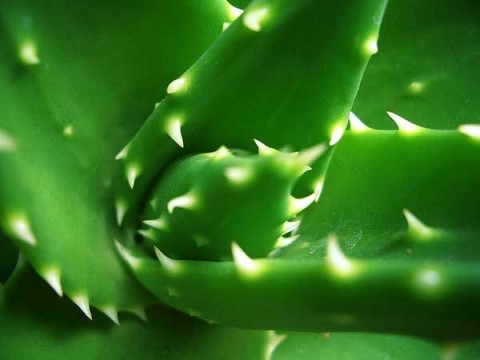
 Polygonum Multiflorum is Used to Recolor and Regrow Hair
Polygonum Multiflorum is Used to Recolor and Regrow Hair




